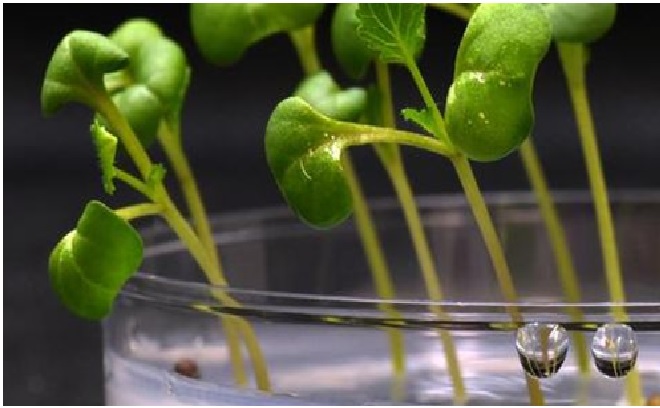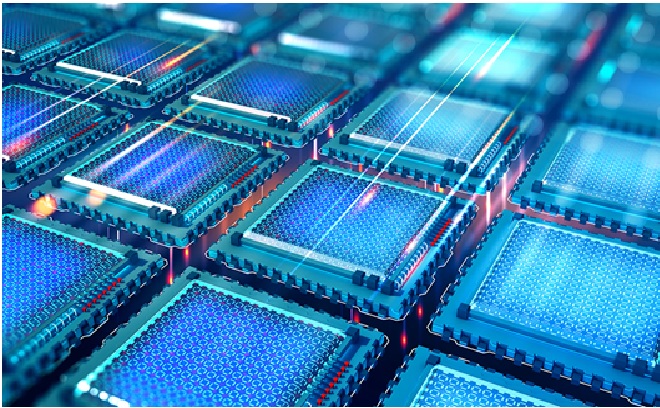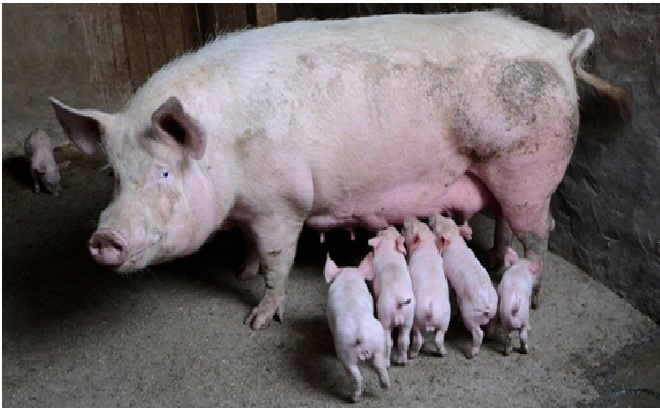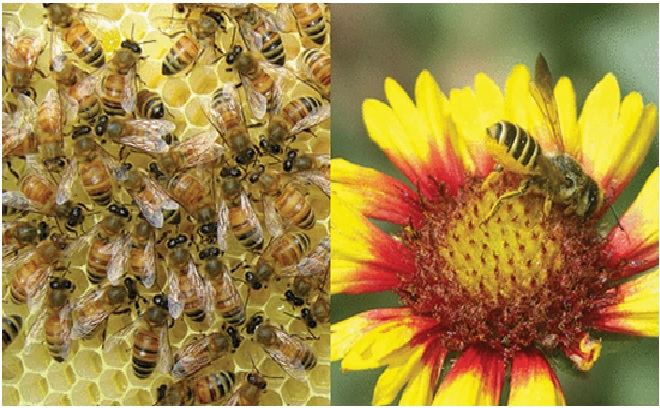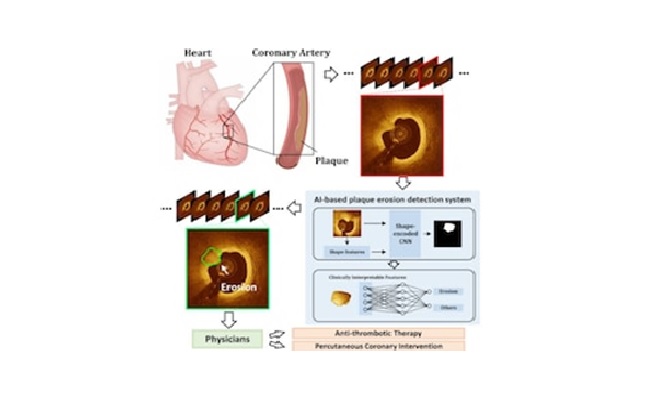Artificial Photosynthesis Uses to Grow Plants in The Dark
The researchers from the University of California Riverside and the University of Delaware, have developed an artificial photosynthesis process that can grow plants in the dark. The process is designed to provide a new way to produce food as worldwide demand grows.
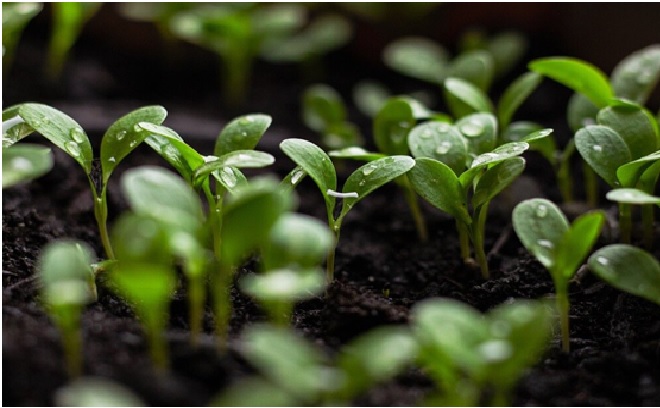
Figure 1: New process use to grow plants in the dark place.
Figure 1 shows thatPhotosynthesis involves plants taking in energy from the sun to produce life-supporting carbon and oxygen. The process is important to support the growth of many plants.But scientists have estimated that only about 1 percent of energy from the sun is actually captured by plants that produce food. [1]
The scientists used a solar-powered device that creates acetate, a chemical that can be diluted in water and fed to plants. The research team used this mixture together with mushrooms, algae, and yeast to grow a variety of commonly produced plants such as rice, tomato, and many more.[2]
According to the research, producing algae with this technology is four times more energy-efficient than growing it with photosynthesis. The peer-reviewed article also says that the production of yeast is 18 times more energy-efficient than how it is typically cultivated using sugar extracted from corn. [3]
Surprisingly the crop ate the acetate and continued to grow in spite of being placed in total darkness.After the plants had grown for a little while, Jinkerson and his colleagues dissected and examined them to see if they held any carbon molecules from acetate. It was only then that they discovered that the plants were consuming the acetate. [2]
The researchers also tested the potential to use this technology to grow Cowpea, tomato, tobacco, canola and green pea. All plants were able to use the carbon from the acetate medium when cultivated in the dark.
By removing the dependence on the sun, artificial photosynthesis opens possibilities for growing food under the difficult conditions that we could see in the future due to climate change. Potentially, droughts, floods and reduced land availability would be less of a threat to global food security if crops could be grown in such controlled and efficient environments. [3]
References:
- https://learningenglish.voanews.com/a/new-artificial-photosynthesis-process-can-grow-plants-in-the-dark/6641310.html
- https://www.techtimes.com/articles/277576/20220704/scientists-solar-panels-grow-crops-dark.htm
- https://indianexpress.com/article/technology/science/scientists-grow-food-in-the-dark-with-artificial-photosynthesis-7998708/
Cite this article:
Sri Vasagi K (2022), Artificial Photosynthesis Uses to Grow Plants in The Dark, AnaTechMaz, pp.126



